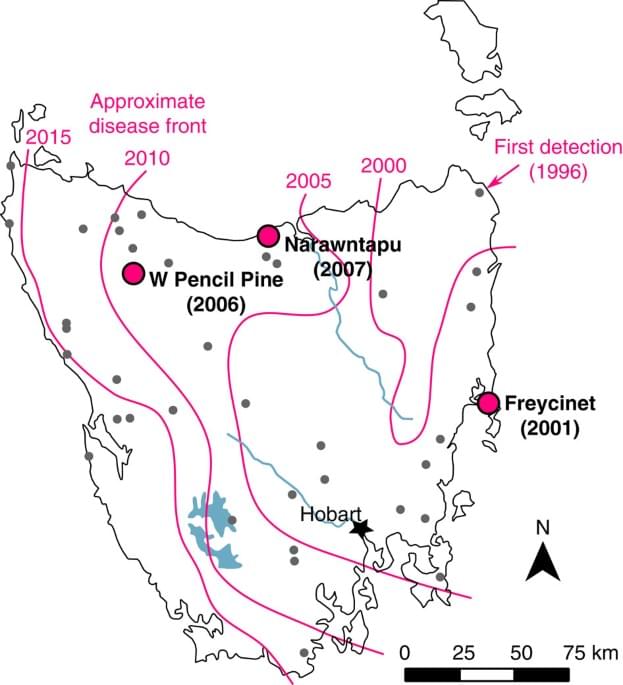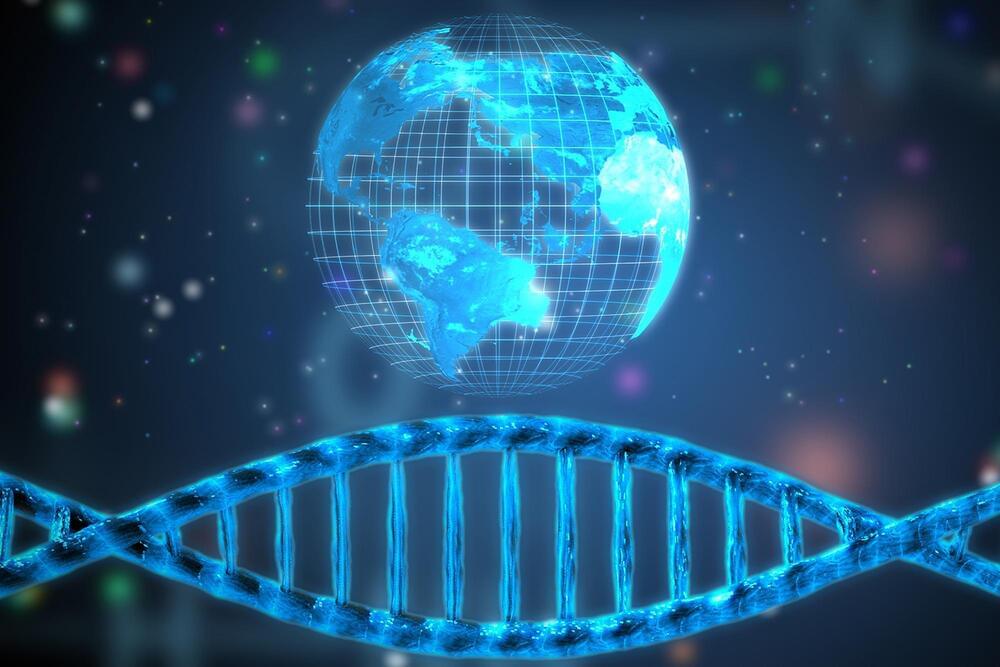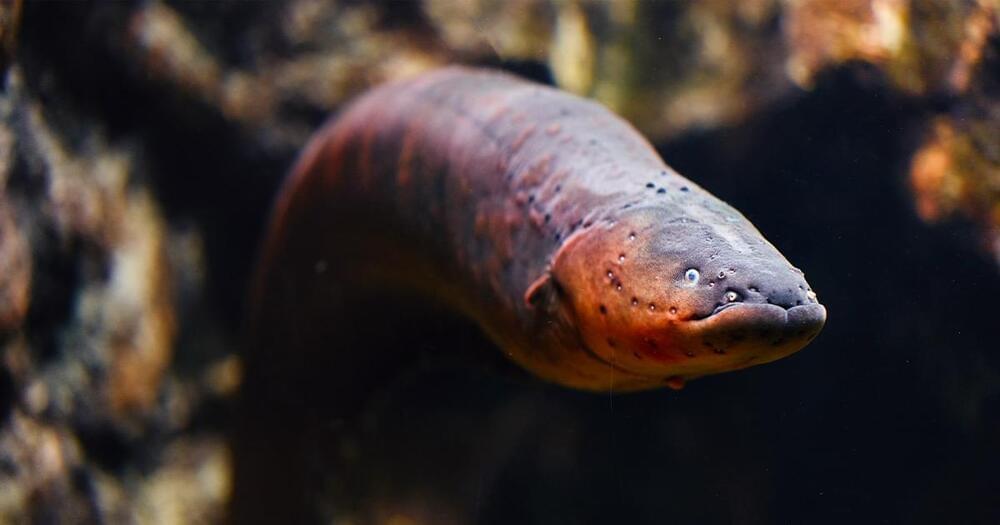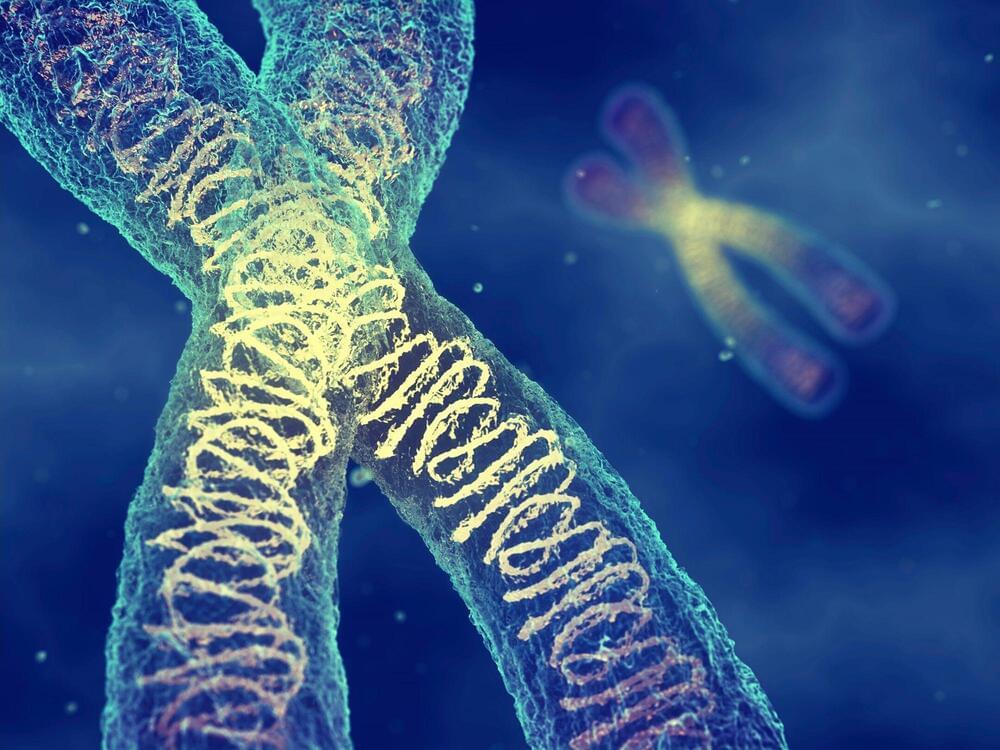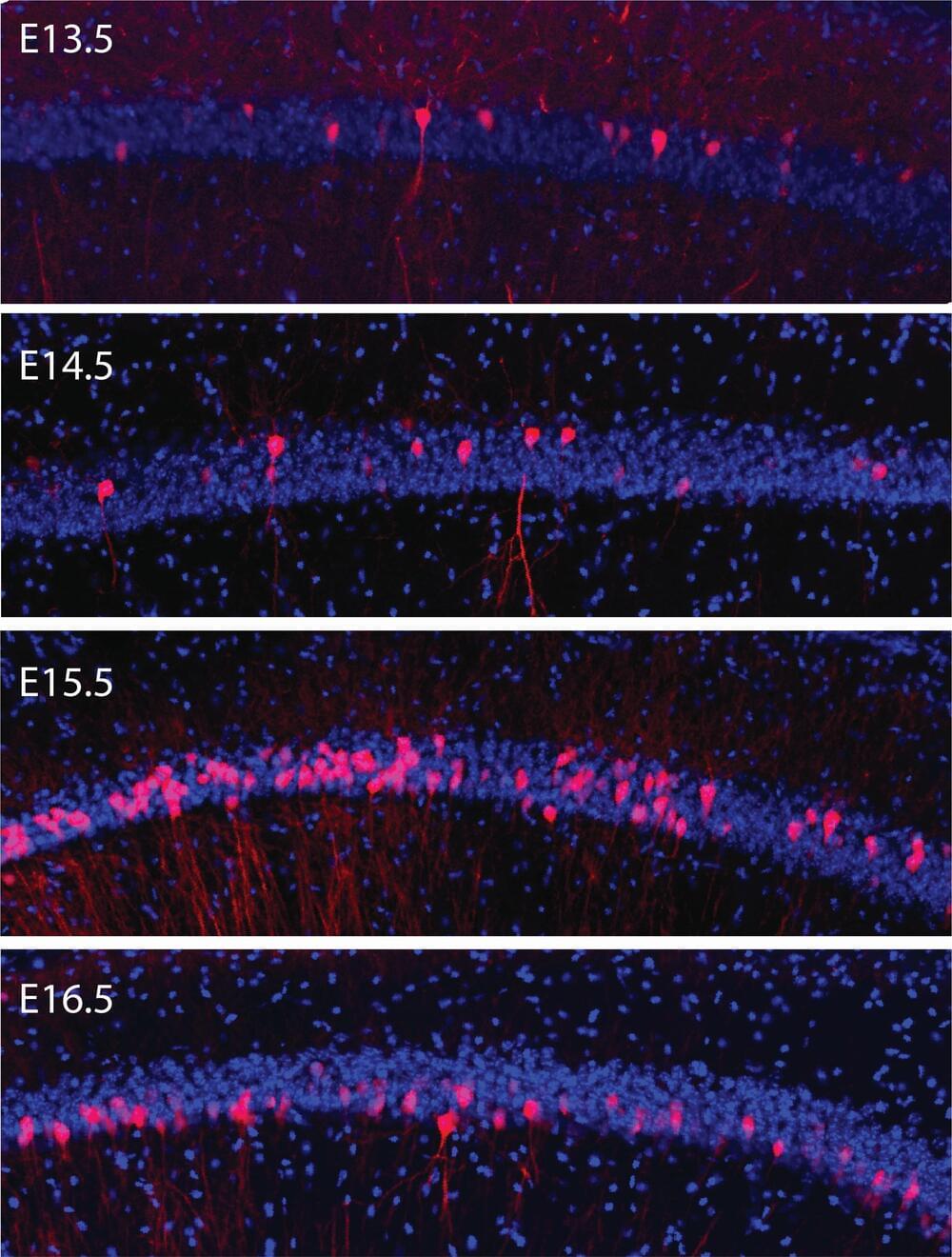Aug 31, 2022
Rapid evolutionary response to a transmissible cancer in Tasmanian devils
Posted by Quinn Sena in categories: biotech/medical, evolution, existential risks
Circa 2016 This gives more exacting detail of the Tasmanian devils resistance to cancer.
A recently emerged infectious cancer has caused the near extinction of the Tasmanian devil, but some populations persist. Here, Epstein et al. provide evidence for possible resistance via rapid evolution in two genomic regions that contain cancer-related immune response genes.
